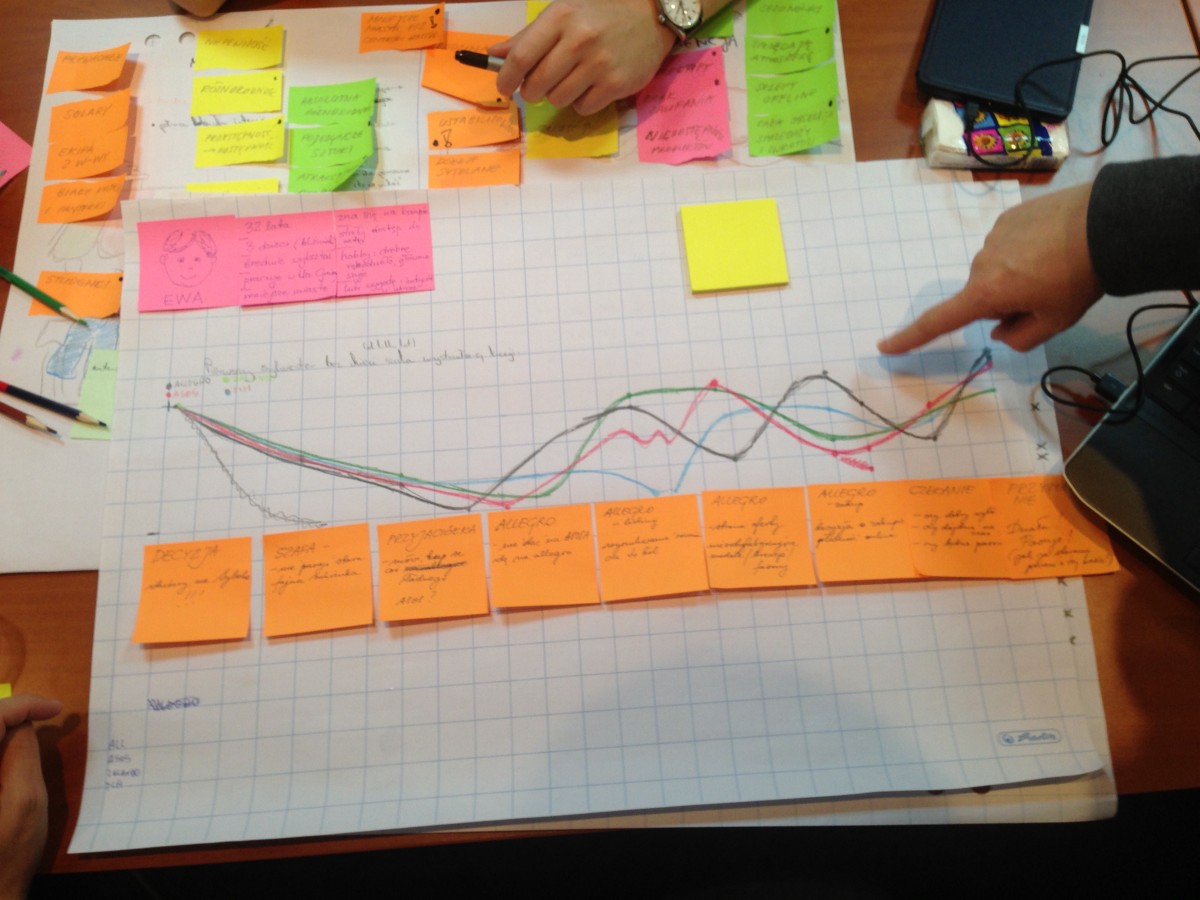Back in the eighties the job of design was to make things work reasonably. Technologies were in such a struggle to stay stable that any extra quality seemed unnecessary. In those times your computer would crash five times a day. So, worrying about beauty or engagement seemed like a somewhat unnecessary luxury.
Fast-forwarding to 2007. Apple proved that technologies could do stuff we had hard time to imagine. Now it was the time to start thinking in terms of how things work not merely whether they work. Yet the mentality of many managers seems to have stayed right there in the eighties.
Many designers struggle with the fact that their organizations show reluctance towards implementing customer experience vision on the strategic level. It is not that hard to convince people on the grass root level about the value of focusing on customers and design. But when it comes to the higher management something clicks not.
I’ve spent quite a few years working with top managers and noticed some striking similarities when it comes to seeing the value of customer and design orientation.
Long versus short-term strategy
When you talk to the managers about taking an extra step in order to serve the customers, they are ok with it as long as you can prove that it will generate a short-term return on investment. Things get trickier when you try to explain that customer trust and loyalty doesn’t get built over night. It needs time to get established and to create a financial income. As the managers are evaluated quarterly, their focus is on how to deliver their financial goals rather than to build a long-term value.
Cost versus investment
You come to your manager and ask for an extra month to do user research. It is hard for them to see it as an investment. It is much easier to perceive it as a cost. Your time, recruitment, engagement of others costs money. You could be working on the next product instead. Maybe the research phase helps but is there a proof of it? — they wonder. And if anything else seems more important than your research activities or if a deadline needs to be met to make a good impression, they will for sure say: — no.
Qualitative versus quantitative outcome
How could you independently measure the impact of the quality of the product on sales and on generating income? It is easier done in the internet business but when it comes to services it seems rather troublesome to distinguish the amount of success that can be assigned to user research and design. Sure, it could be measured qualitatively but most companies still run based on quantitative data. So, the value of design gets smeared over the value of marketing, communication, sales, you name it. And it gets lost in the cracks.
Keeping the face towards others
It is still rare that a company posses a C- or B-level design directors (again, I am talking mainly of service industry as in the internet industry such people are more frequent and slowly get traction). Typically the design teams are stuck under marketing, IT or sales. For the bosses of these departments design is just one extra piece of the corporate puzzle to worry about (often seen as a nice add-on, not something crucial for business success). So, if they are to stay strong, keep face and have things to trade in the negotiations with others, they tend to use design and user-centricity as something to bargain with.
Business justification
I once talked to a really wise CEO. He told me: — I love everything you say about design and the design process but I was trained in the MBA program and I have no clue how to justify such actions in my business strategy. I have no mental framework to fit it in. It made me think. Indeed, if everything such people built their business success on comes from a MBA training, the space for customer-centricity and design is their good will, nothing more.
Can things be done about it?
Plenty. On the global level, it is seriously important to start teaching design to business. I know that many MBA programs already have the courses on Design Thinking but I wonder what else could be added to the curriculum to build a conviction in them that user research and design is a strategic investment not a cost.
On the company level, what worked best for me was to keep providing inspirations. Examples from other companies that dared to act differently. Dared to think long-term. To truly put the customer first. There are good examples out there: Zappos (the ultimate example, right?), Southwest Airlines, Umpqua Bank or Chick-Fil-A. Inspirations can take you a long way. They trigger bravery in managers and show that some things that might seem impossible, are actually quite realistic. And that they don’t cost millions.
In your own projects, I would suggest to sneak in customer centricity as much as it is possible. Talking to five customers is better than talking to zero customers. Prototyping and testing can be done fast if you put your mind to it. I am a great fan of role-playing as a simple user test. It is surprising how much you can learn if you verbalize your ideas in a scenario. And building such a scenario can go really fast. Our fastest iterations were: 1/2 hour of preparing the scene, 1/2 testing (with three or four iterations in a row).
It is a slow process to build awareness into an organization. But it can be fun, can’t it? Somehow fun makes it appealing to others. And the process goes faster;)
